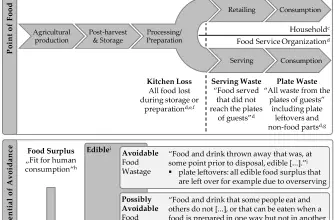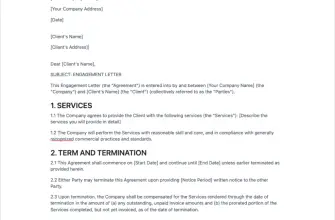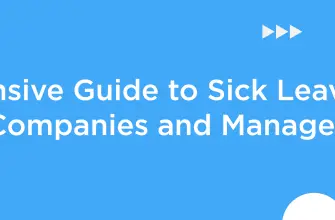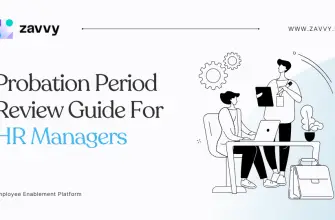Understanding the nuances of employment status is crucial for both employers and employees. It not only determines the rights and obligations of both parties but also impacts the overall work environment and productivity. This article aims to provide a comprehensive understanding of employment status, its types, the rights associated with each type, and the obligations of employers. We will also delve into the employment status tests, the meaning of different types of employment, and answer the question, “what is your employment status?”
Understanding Employment Status
Employment status refers to the nature of the working relationship between an employer and an employee. It determines the rights, benefits, and obligations of both parties. The three main types of employment status are employee, worker, and self-employed. Each type has different implications for rights and responsibilities.
Types of Employment Status
Understanding the type of employment meaning is essential for both employers and employees. Here are the three main types of employment status:
- Employee: An employee is someone who works under an employment contract. They have the most employment rights and responsibilities.
- Worker: A worker is a broader category that includes employees and other individuals who undertake work for an employer but may not have an employment contract.
- Self-employed: Self-employed individuals run their own business and take responsibility for its success or failure. They have fewer employment rights and more freedom to control their work.
It’s important to note that these are general categories, and there may be variations within each type depending on the specific circumstances.
Employment Status Tests
Employment status tests are used to determine an individual’s employment status. These tests consider various factors such as the level of control the employer has over the worker, the financial risk taken by the worker, and the integration of the worker into the business. The specific tests used can vary by jurisdiction, but they generally aim to assess the true nature of the working relationship.
Rights Associated with Each Employment Status
Each employment status comes with a different set of rights. Here’s a brief overview:
- Employee Rights: Employees have the most extensive rights. These include the right to a written statement of terms of employment, the right to not be unfairly dismissed, the right to redundancy pay, and the right to maternity, paternity, and adoption leave and pay.
- Worker Rights: Workers have fewer rights than employees but more than self-employed individuals. They are entitled to the national minimum wage, paid holidays, and protection against unlawful discrimination.
- Self-Employed Rights: Self-employed individuals have the fewest employment rights. They are not entitled to employment-specific rights like minimum wage or paid holidays, but they have more control over their work and can negotiate their terms.
Employer Obligations
Employers have certain obligations depending on the employment status of their workers. For employees, employers must provide a safe working environment, pay at least the minimum wage, provide paid holidays, and adhere to maximum working hours. For workers, employers must ensure they receive the minimum wage and paid holidays. For self-employed individuals, the obligations are less clear-cut, but employers should still ensure a safe working environment.
Conclusion
Understanding employment status and its implications is crucial for both employers and employees. It determines the rights and obligations of both parties and can impact job satisfaction, productivity, and legal compliance. Whether you’re an employer trying to understand your obligations or an employee wondering “what is your employment status,” a clear understanding of these concepts can help ensure a fair and productive working relationship.









